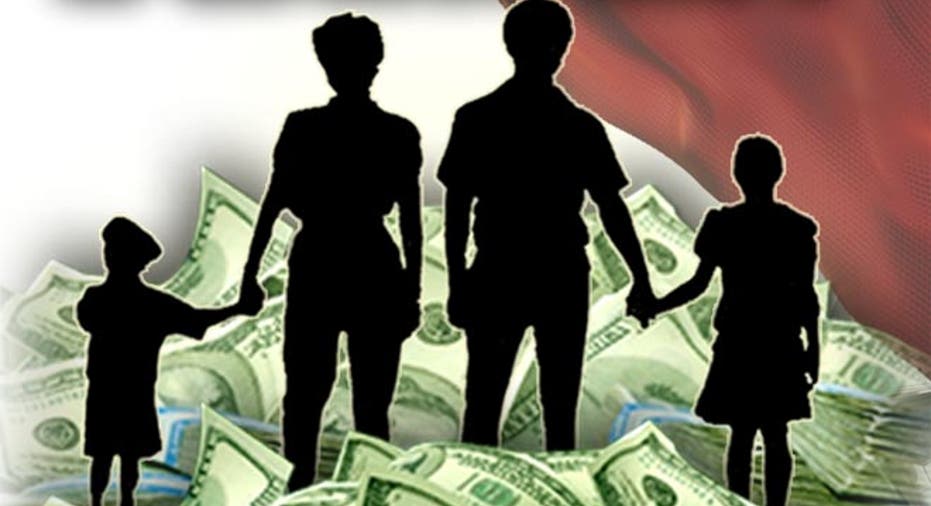The Truth About Income Inequality

What is missing in action in the debate about income inequality?
“Real pre-tax personal income divided by the number of U.S. households rose to a record high of $120,150 during March at a seasonally adjusted annual rate,” notes economist Ed Yardeni, based on data from the Bureau of Economic Analysis (BEA).
But the Census Dept.’s measure of real mean household income says that figure was just $72,640 during the same period in 2013. Why the big difference?
Because the BEA’s personal income figure factors in both the cash value and the imputed value of all entitlement programs, like food stamps, Medicare, Medicaid, public housing subsidies, Social Security supplemental income, and employer-provided benefits.
The government programs were launched to prevent poverty and in turn reduce income inequality.
However, these programs are knocked out of government “measures of income that progressives use to demonstrate that inequality is worsening,” says Yardeni, which ignores “the fact that the problem continues to be fixed by the very government programs that they implemented,” for instance, during Franklin Delano Roosevelt’s New Deal and Lyndon Baines Johnson’s Great Society pitches. “The fact is that government benefits now account for 17% of personal income, up from 12% in 2000,” Yardeni says.
He adds: “The conclusion is that progressives who claim that income inequality has worsened have to prove that this is so after taxes and after government support payments have been made, not before.”
Importantly, recent estimates show one in five Americans now participate in government assistance programs each month, according to the most recent data from the U.S. Census Bureau. “Approximately 52.2 million (or 21.3%) people in the U.S. participated in major means-tested government assistance programs each month in 2012,” according to the Census Bureau’s report.
Means-tested programs include Medicaid, the Supplemental Nutrition Assistance Program (SNAP), otherwise known as food stamps, Supplemental Security Income (SSI), Temporary Assistance for Needy Families (TANF), and General Assistance (GA).
The number of beneficiaries of these means-tested programs has increased sizably over the last decade. According to the Census, in 2004 there were nearly 42 million monthly recipients of these programs. Between that year and 2012, monthly participation increased by 24.9%.



















